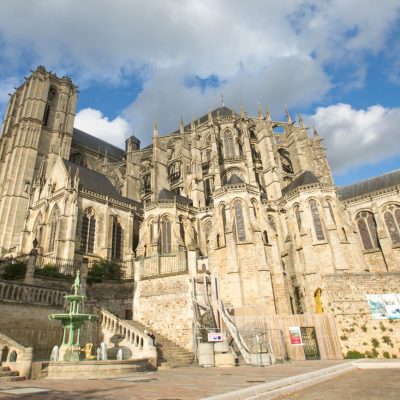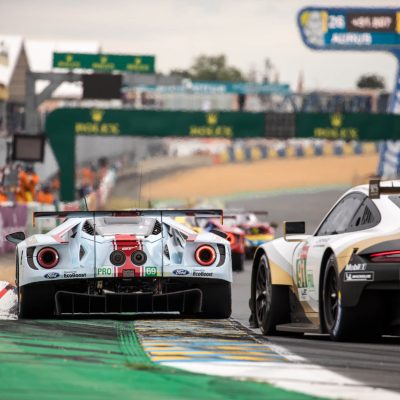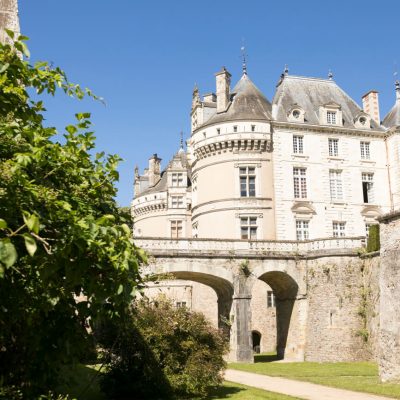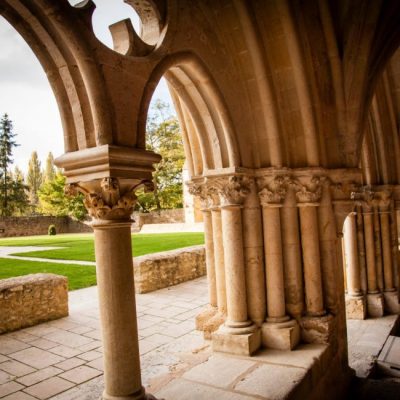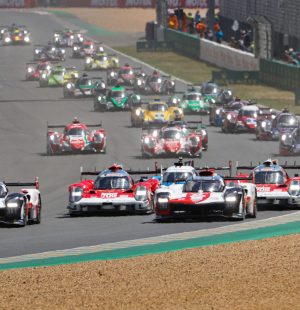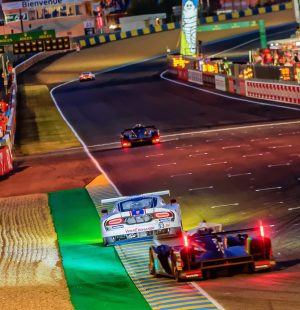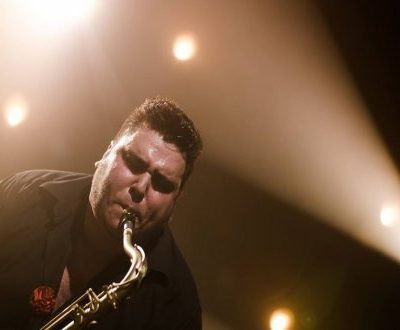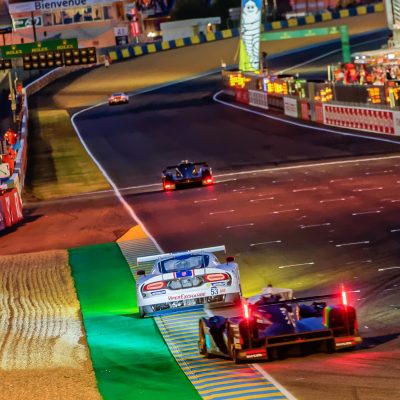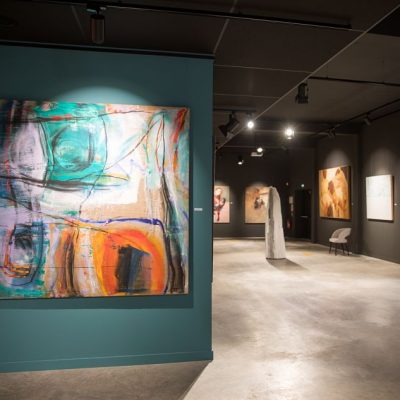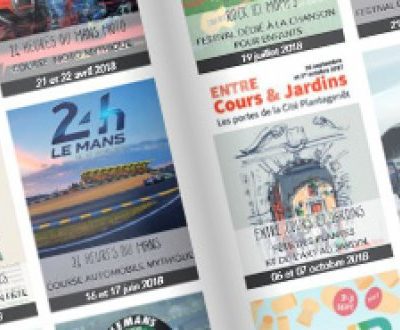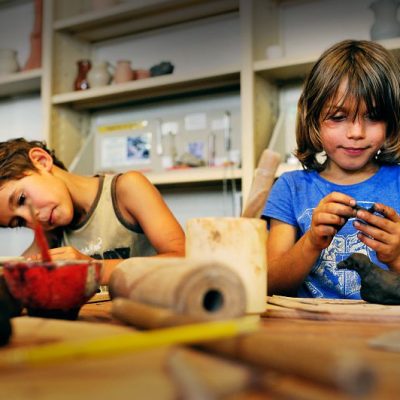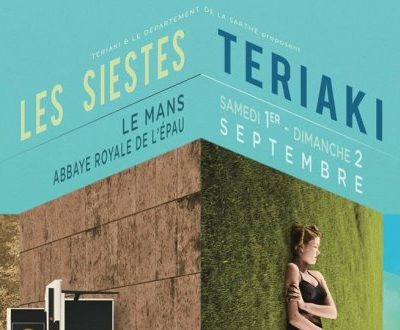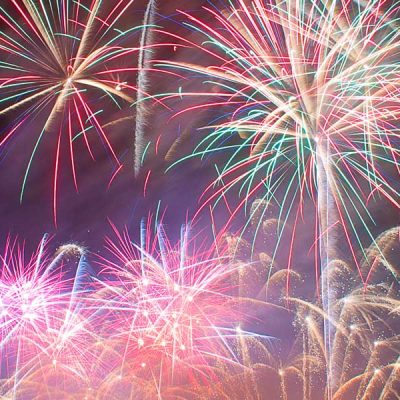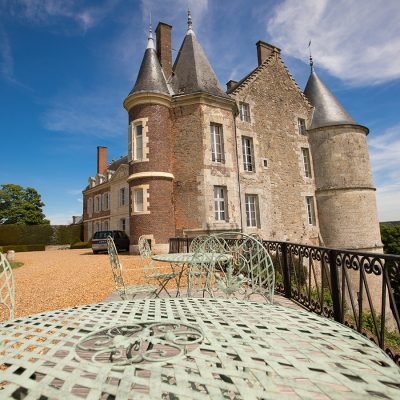On 15 October 2025
Conference
72100 LE MANS
from 18h00 to 19h30
The keystone of power in Rome from 27 BC, when Octavian accepted the title of Augustus from the Senate, the emperor was the central figure and the universal model for the entire empire. The emperor (imperator) embodied power (imperium). The archetype of his sculpted image is the statue of Augustus in Prima Porta, which generally shows him victorious. However, it was not the only image or medium through which power was expressed: monumental reliefs, such as triumphal arches, columns, other sculptures in the round and, above all, coins, all conveyed the ideology of imperial power to the public sphere, as well as the changes it underwent in response to political and military events, real or imagined successes and hopes. Over the course of time, we will show how they were revived or re-established in history during periods of political unrest (dynastic changes, usurpations of power, foreign incursions into the empire), and religious transformations (when the empire became Christian), in a reciprocal game of mirrors between power, the emperor and his image.
By Marianne Béraud is a historian of the Roman world and associate professor at Sorbonne University.
And
Nicolas Mathieu is a historian of the Roman world and professor of Roman history at Grenoble Alpes University.
A conference organised by SAMM (Société des Amis des Musées du Mans)
Date
| On 15 October | |
|---|---|
| Wednesday | Open from 18h to 19h30 |
Prices
| Type | Price |
|---|---|
|
Basic price Gratuit: Adhérent SAMM, - |
maximum 12 € |

